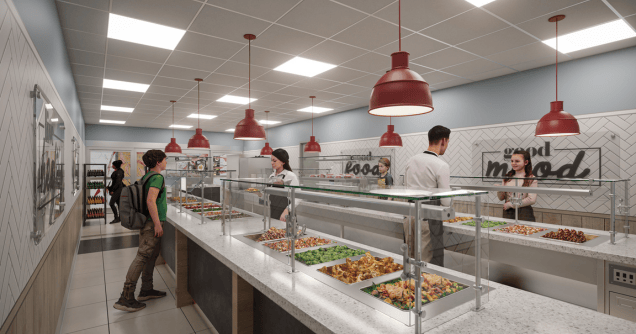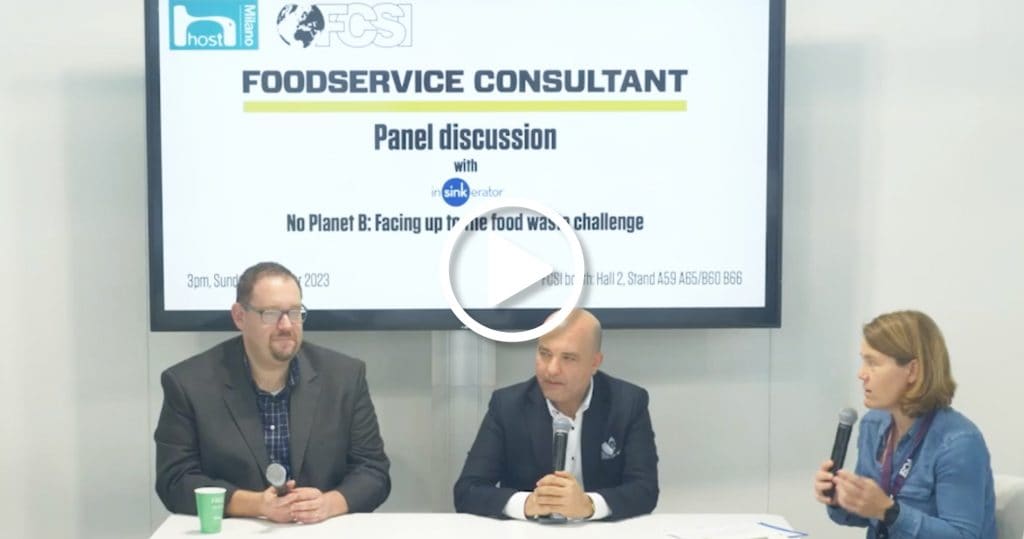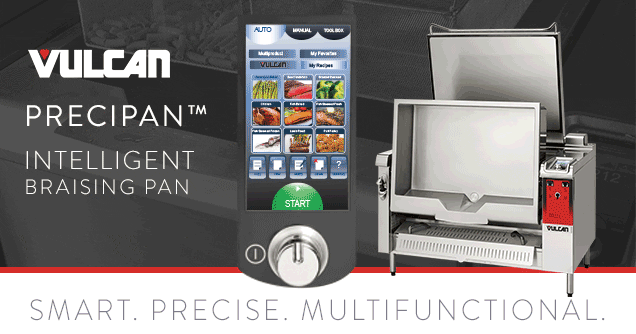
The pace of life gets faster and faster every day. We constantly struggle to reclaim personal time in a world where “instant” and “now” describe just about everything we do in our lives. Dining trends and purchasing habits in the US are no exception. A faster pace of life means eating on the run more often during the week and, yes, even during the weekends as well.
Luckily, new solutions have cropped up to help consumers combat the frenetic pace of life and carve out time for what many of us fondly remember as the most important family meal of the day – dinner. In the past couple of years, a new trend has come onto the scene: fresh food subscriptions, or home meal kits – a service that delivers fresh ingredients and easy recipes directly to your home so you can skip the drive-thru and cook a complete, balanced and healthy meal. Led by companies like Blue Apron, Chefday and HelloFresh in 2012, many other subscription service businesses have cropped up since. In fact, research firm Technomic released a study predicting this type of subscription foodservice to grow from $1bn in 2015 to $10bn by 2020.
It’s only natural to consider the next progression of this emerging segment – B&I and employee dining. Consider this: being able to take home a fresh food meal kit, recipes included, straight from your corporate cafeteria after a long day’s work, rather than wait for the delivery at home or hope it comes on time and all in one piece.
In the past, the B&I/employee dining segment has struggled to offer home meal replacements (or HMR, the old term for prepared foods) and fresh food subscription services – either not offering them at all or abandoning these programs after dismal results.
Home Meal Replacement programs first cropped up at major foodservice management companies like ARAMARK, Bon Appetit Management Company, Guckenheimer, Eurest, Sodexo and others in the early 2000s when high-tech and other growing companies began building on-site cafés as an employee benefit and to increase productivity. As employees worked later into the evening, the choice for dinner increasingly became fast-food and unhealthy dining choices so these HMRs were a favorable option that employees could pick up before leaving the office and reheat at home.
For some reason, however, these programs began a steady decline in sales over the years. But the nature of the home meal replacement concept has truly changed. Fresh food subscription (FFS) services focus more on customization, fresh foods you cook from scratch with ease, and options for special diet meals like vegetarian, vegan, low calorie and low carbohydrates. As such, we could see a revamp in these types of programs at cafeterias nationwide.
The demand is certainly there. Speaking with an industry colleague (who has 4 children), the challenges of finding a healthy option for dinner other than fast food or restaurant take-out, trying to cook your own, fresh meal, encourage family time, and teach your kids about nutritious, balanced eating and cooking – all at the same time – are stronger than ever before. But that’s where these fresh food subscription services come into play.
Of course, there are challenges for B&I operators to offer these services, and that’s where the HMR failure might have occurred in the past. One operator I talked to believes that the main reason Blue Apron and other fresh food subscription programs work well is because they deliver food straight to the home, so there is no need for last minute stops at the corporate café or lugging items home on a train or bus.
Another operator believes that the popularity is due to the fact that most of these cafes are not open past 1 or 2pm., and many employees don’t think about their dinner meal early enough in the day until it’s too late. Perhaps having some meal kits already prepped and ready to go in a cooler could help solve this solution, but the risk there becomes food waste, tricky pre-payment plans and subsequent operating cost losses. One solution could be to plan/order meals for pick-up earlier in the week for pick up throughout the week.
Furthermore, most operators will not allow the sale of raw protein to a customer to take home and prepare at home. It poses both food safety and liability issues because the operator loses temperature control of the food once it leaves the office. Perhaps there are licensing opportunities or pre-cooked options. However, with some work on the B&I operator’s legal department, there could be solutions for this challenge.
None of this is not to say that a HMR or FFS program would not work in the right application and employee environment. If the employer is willing to invest in the program and drive corporate culture to encourage participation, there is a strong chance either, both or a hybrid program could see plenty of success. Without firm and sustained commitments from both the operator and employees, however, programs like these in the B&I segment will be destined to literally “die on the vine.”
Barry Skown is a Senior Associate at Cini-Little International, Portland
Read our full story on B&I dining in the Q2 Americas edition of Foodservice Consultant




